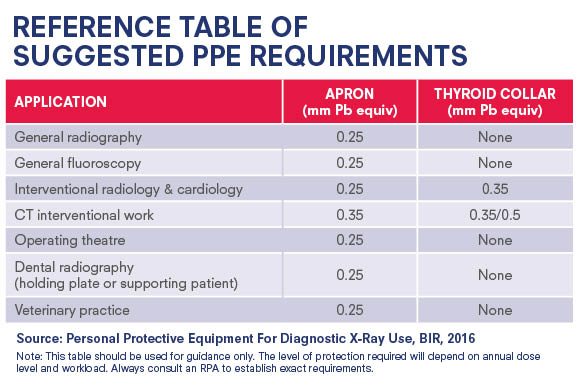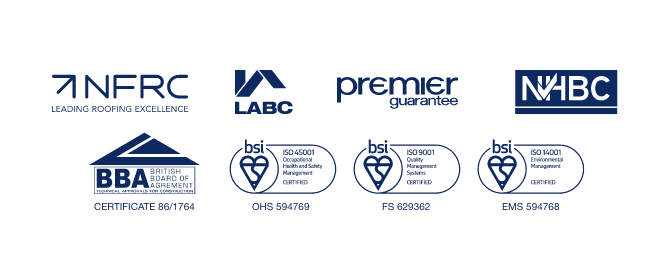Changes to PPE Legislation and CE Testing
New directives for protecting healthcare professionals from the dangers arising from the exposure to ionising radiation will come into effect in 2018. This PPE legislation will affect the dose limit to the lens of the eye. In addition, the CE marking of protective aprons is likely to be affected by changes in testing methods.
Reduction in eye dosage limits
The occupational dose limit for the lens of the eye will reduce dramatically in 2018 from 150 mSv pa to 20 mSv pa averaged over 5 years with no single year exceeding 50 mSv. The 20mSv dose limit is associated with a dose constraint of 6 mSv, a steep step down from the current level of 50 mSv. Anyone who may exceed this dose limit will need to be classified. We recommend you talk to your RPA if you believe this may be the case.
The change in eye dose limit aims to protect workers from cataract formation as a consequence of radiation exposure. The evidence for this has been derived from a number of studies the most important of which have been from the survivors of the Hiroshima and Nagasaki atomic bombings.
Following the introduction of PPE legislation in 2018, any individuals who works close to the primary field in a fluoroscopic environment may be required to wear lead protective glasses. Individuals most at risk are those who are working regularly in fluoroscopy due to the cumulative nature of radiation exposure.
It is therefore important that suitable protective eyewear is made available to ensure the dose limit to the eye is kept below the new revised dose limit. Healthcare environments may want to consider following the new legislation as early as possible to establish best practice behaviours amongst healthcare professionals prior to the legislation becoming law.
New testing for protective aprons
Over the last 10 years the testing method used for protective aprons which provide radiation shielding has come under scrutiny. Protective aprons within the UK are currently subject to test standard EN 61331-1:1994, however this test standard has been criticized for not fully or accurately measuring all radiation which passes through the shielding garment.
Following research in Germany, a new test standard which aims to mimic real use exposure has been developed using a different methodology to measure all radiation passing through to the back of the shielding. This test method has subsequently been adopted by the IEC resulting in the new standard IEC 61331:2014 (of which parts 1 & 3 relate to shielding).
What will this mean? Protective aprons which consist of all non-100% Pb based shielding materials are unlikely to pass the new testing method. Their specification will need to be revised to comply with the required mm Pb values which means they will become heavier by at least 10% in weight in order to meet the new CE Standards.
What do I do now? It’s still early days and a certified testing method for the UK has still to be agreed. The new standard will not be retroactive which means that any existing protective aprons are still compliant and hospitals, vets and dentists can continue to buy the current CE-labelled product market-tested to IEC:1994 until the new certified test method comes into effect.
Xenolite, the product which Midland Lead supplies, has already developed a bi-layer protective material (known as Strata) which meets the new IEC standard and has been sold in Germany for the last 5 years. You may want to consider purchasing Xenolite S (Strata) protective aprons to meet any current requirements or you may choose to take advantage of the current lightweight Xenolite products ahead of the change so you have the lightest apron on the market.
Whatever your decision, we’d been happy to discuss your requirements. Get in touch with us or call our healthcare team on 01283 224 555.




